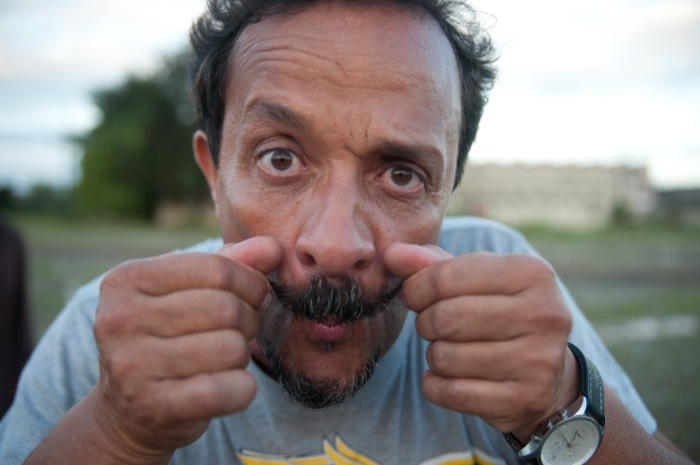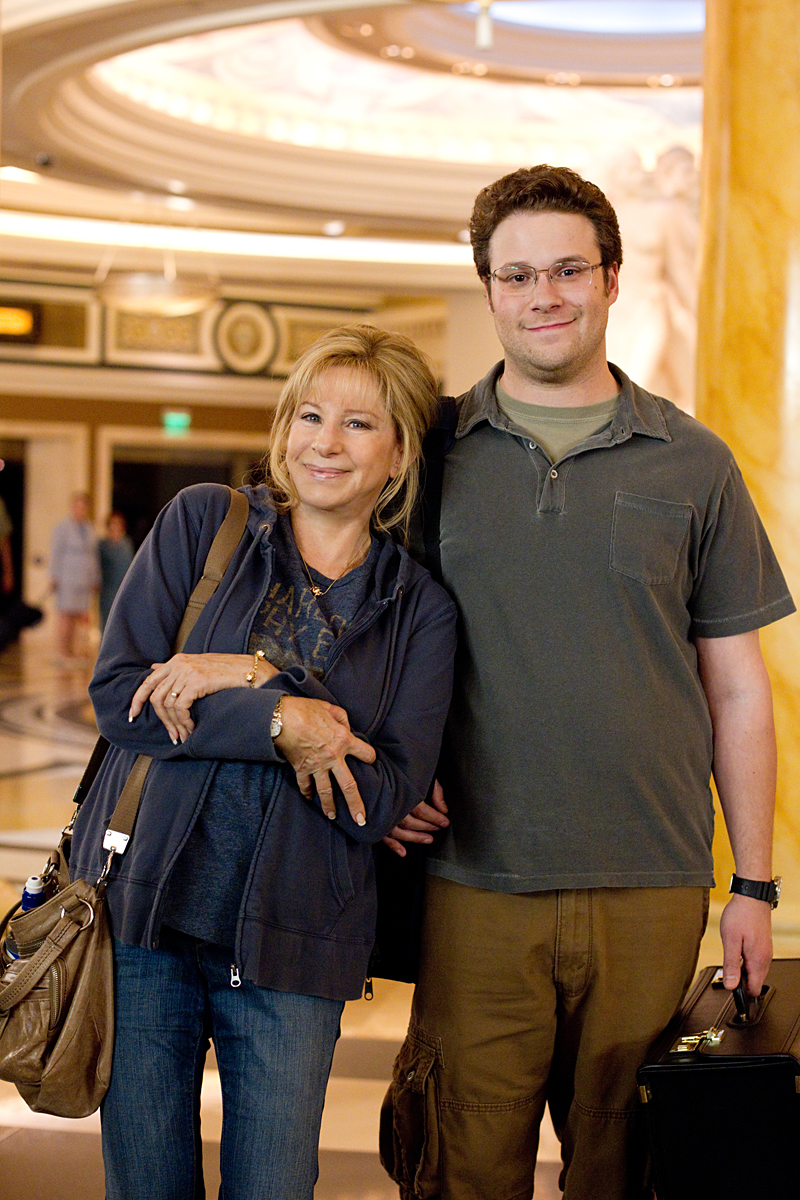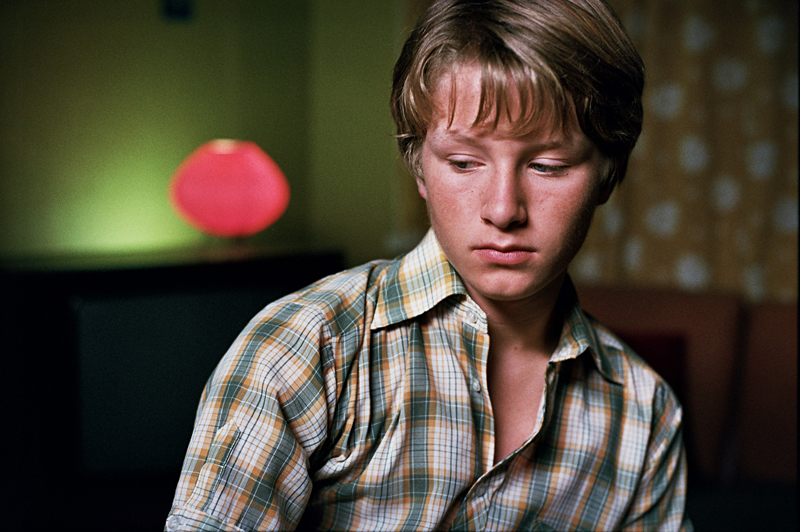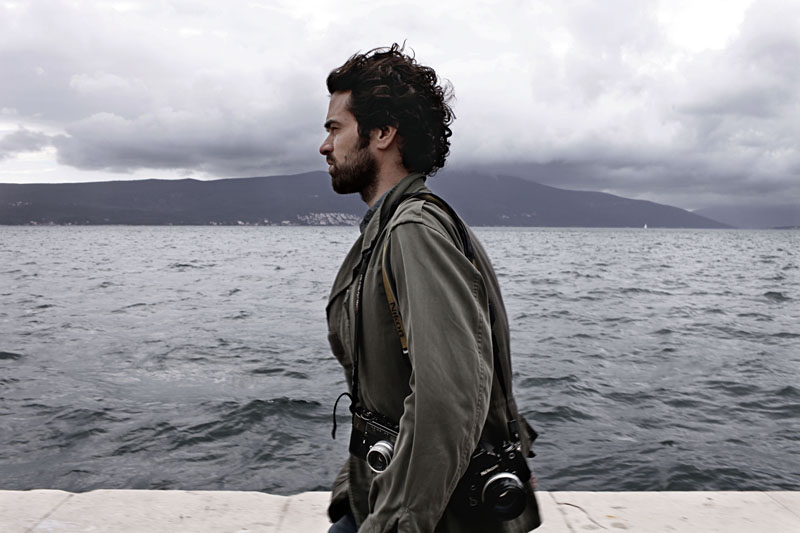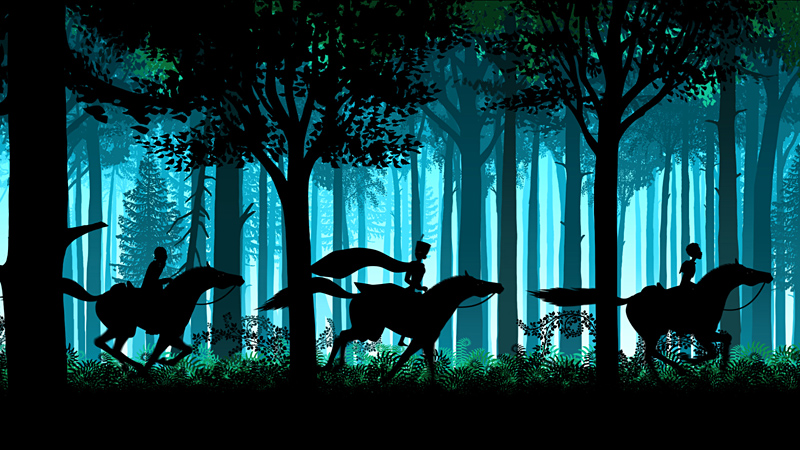The demolished buildings of Salvador, Brazil, are substrates for public art to one native son. Bel Borba, a mixed-media artist with a huge personality, just rents a cherry picker and paints the exteriors with humble tools—primarily paint rollers with long extension handles. He walks the streets of Salvador looking for blank walls, covering them with tiled murals and recruiting neighborhood children as assistants. His subjects are people, fish, birds of prey, flowers—childlike evocations of the world he inhabits. Now he’s famous, and this documentary, practically a montage of color, music, and Borba’s constant laughter, coincides with his local acclaim. At a scrap yard, he climbs through the dismantled iron skeletons of old bridge trusses, chalking the lines for the welders’ acetylene cutting torches. The resulting 10-foot structures are invested with his visual style, right angles rendered into liberated, organic configurations. Then the sculptures are lowered from a boat into the ocean for several weeks, so that directors Burt Sun and André Costantini, along with the exuberant Señor Borba, can show people how repulsive barnacles are. Hauled back out of the sea via crane and displayed on a pier, the pieces look like thrones from drowned kingdoms, heavily encrusted with sessile crustacea, interesting from a distance and super-gross in the lingering shots the directors capture against the sunset. Apparently, barnacles can live for quite a while out of the ocean; their legs poke in and out of their calcite shells, and the sculptures are, for a time, twitchily alive.
Bel Borba Aqui: Folk Art in Brazil
